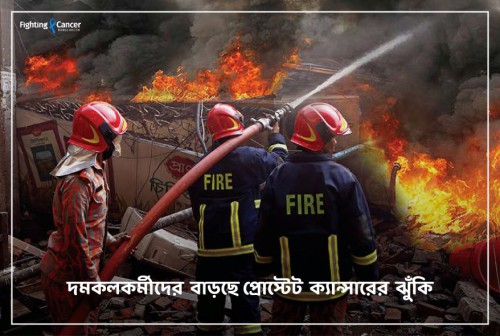
Firefighters are often regarded as the unsung heroes of our communities as they put their lives at risk to save others. However, a recent study has revealed a concerning health hazard: an increased risk of prostate cancer due to chemical exposures. As part of their job, firefighters are exposed to a cocktail of carcinogens, which puts them at a significantly higher risk of developing prostate cancer compared to the general population. This risk has been calculated to be 1.21 times higher, and it is attributed to work-related chemical exposures, such as smoke and firefighting foam. The carcinogens released during fires, such as benzene, formaldehyde, polycyclic aromatic hydrocarbons, and toluene, are likely the main culprits for this increased risk. These compounds have been linked to a range of health problems, including cancer, and firefighters are regularly exposed to them through smoke inhalation and skin absorption. Furthermore, some of these chemicals can modify how genes are expressed, which can contribute to the development of cancer. Researchers discovered that experienced firefighters had different epigenetic modifications than new firefighters in regions linked to prostate cancer. The World Health Organization’s International Agency for Research on Cancer re-classified occupational exposure as a firefighter as “carcinogenic to humans” in 2019. Although, personal protective equipment (PPE) has improved firefighter safety, there are still gaps in addressing the complex chemical hazards inherent in firefighting.

